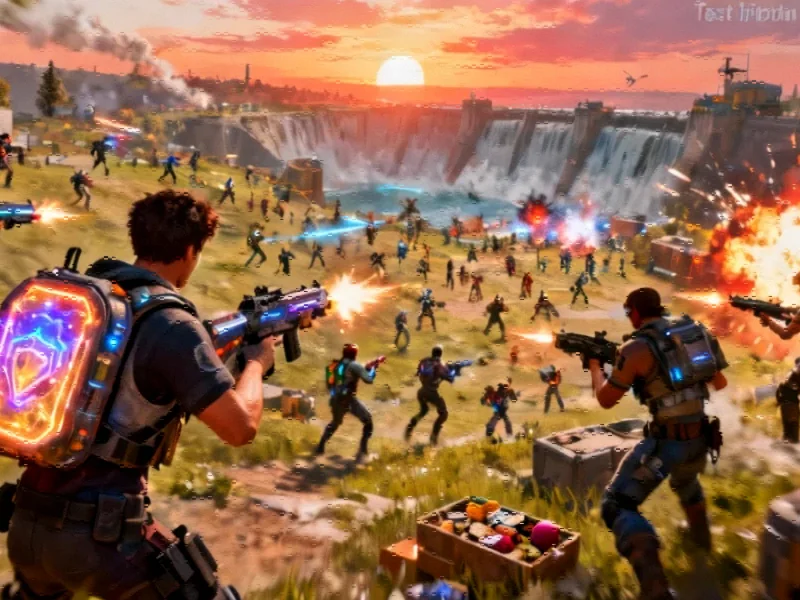According to Wccftech, NVIDIA has launched a new Game Ready driver optimized for Call of Duty: Black Ops 7 ahead of its November 14 launch. The driver also supports Europa Universalis V, which released today after a twelve-year hiatus, and Ubisoft’s Anno 117: Pax Romana launching November 13. Square Enix is updating Final Fantasy VII Rebirth today with DLSS Frame Generation and Multi Frame Generation for RTX 40 and 50 Series owners. Meanwhile, Finnish developer Channel37 will launch The Last Caretaker in early access on November 6 with full DLSS 4 support. The driver follows recent game launches including Wreckreation and Deathground, both featuring NVIDIA’s upscaling technologies.
<h2 id="nvidia-driver-strategy”>NVIDIA’s Game-Ready Strategy
Here’s the thing about NVIDIA’s driver releases – they’re not just technical updates anymore. They’re strategic marketing weapons. By timing these drivers to coincide with major game launches, NVIDIA essentially positions itself as the “official” graphics partner for blockbuster titles. It’s smart, really. Gamers planning to buy Black Ops 7 on November 14 will almost certainly update their drivers first, and NVIDIA makes sure their brand is front and center during that process.
But what’s particularly interesting is the diversity of games getting support. We’re not just talking about shooters here. You’ve got Europa Universalis V, a complex grand strategy game that probably doesn’t need 200+ FPS, yet there it is with DLSS Super Resolution. Then there’s Anno 117, a city builder, and even survival crafters like The Last Caretaker. NVIDIA is casting a wide net, basically telling every type of PC gamer: “We’ve got you covered.”
The Upscaling Wars Heat Up
Now, let’s talk about the competitive landscape. AMD’s FSR technology works across all hardware, but NVIDIA is betting that superior image quality and performance will win out. And with features like Multi Frame Generation becoming more common, the gap between having an RTX card and not having one is widening. I mean, when you see games like Deathground supporting the full DLSS 4 suite, including Multi Frame Generation, that’s a pretty compelling reason to stick with Team Green.
What’s fascinating is how NVIDIA is handling the transformer model updates through their app. Instead of forcing developers to patch games, they’re letting users upgrade the AI model themselves. That’s actually pretty clever – it future-proofs games without requiring additional developer work. So a game that launched with basic DLSS can suddenly get a significant image quality boost months or years later. That’s value that’s hard to match.
Who Wins and Who Loses?
So who benefits from all this? Obviously NVIDIA does – every Game Ready driver reinforces their position as the premium gaming GPU brand. Game developers win too, because they get free performance optimization for their titles. But the real winners might be the smaller studios like Channel37. Getting full DLSS 4 support in an early access title like The Last Caretaker could give them a significant visibility and performance advantage.
The losers? Well, anyone still rocking older hardware, honestly. As these AI-powered features become more central to the gaming experience, the divide between current-gen and previous-gen GPU owners grows. And let’s be real – with GPU prices being what they are, that’s creating something of a haves and have-nots situation in PC gaming. Is that sustainable long-term? Maybe not, but for now, NVIDIA’s strategy appears to be working exactly as intended.




